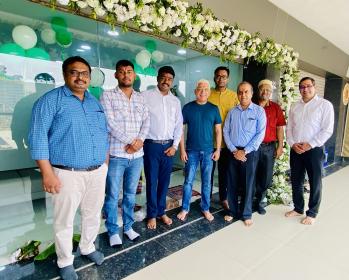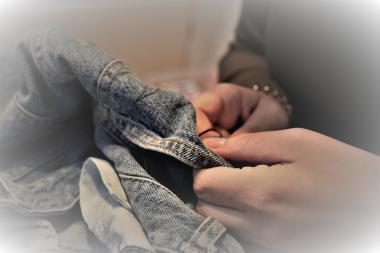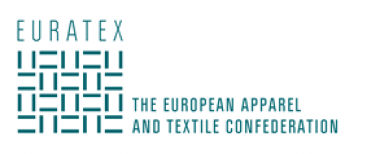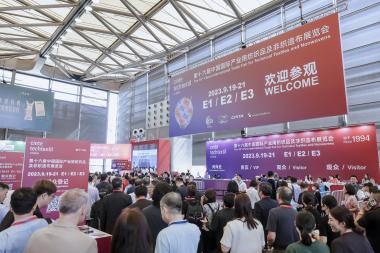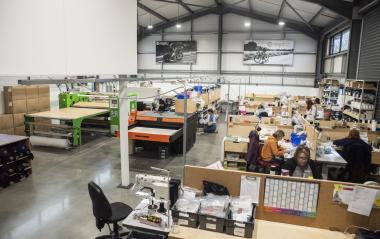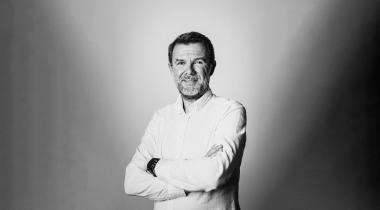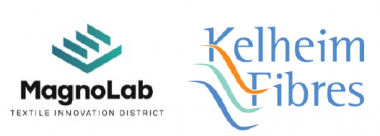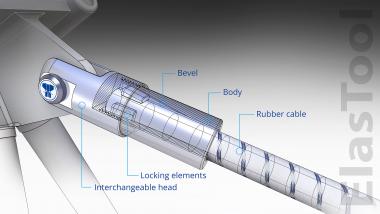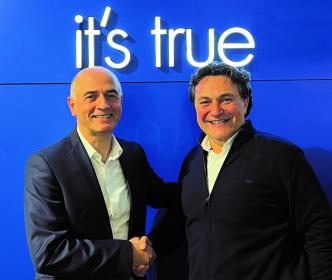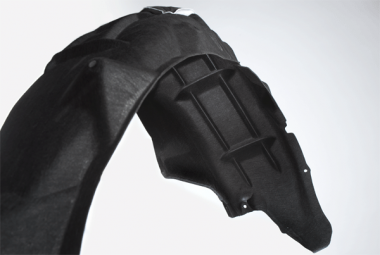Groz-Beckert opens sales office in Surat, India
In order to be even closer to the customer, Groz-Beckert opened a new sales office in Surat, Gujarat, India. The inauguration of the new sales office took place on Sunday, October 15, 2023, with an official opening ceremony.
With the new office, Groz-Beckert aims to provide even better support for its customers from the knitting industry – especially from the circular knitting and warp knitting industry – as well as from the sewing industry in the growing market in Surat and the surrounding area.
Surat has a very old textile production and trade history, dating back to the 16th century. The city is known as the “Textile and Silk City” of India. Today it is an important hub for large-scale production of synthetic textiles and skilled workforce. The textile Industry in Surat produces est. 25 Million meters of fabrics per day. It is also considered to be the financial capital and the growth engine of Gujarat.
Groz-Beckert KG


